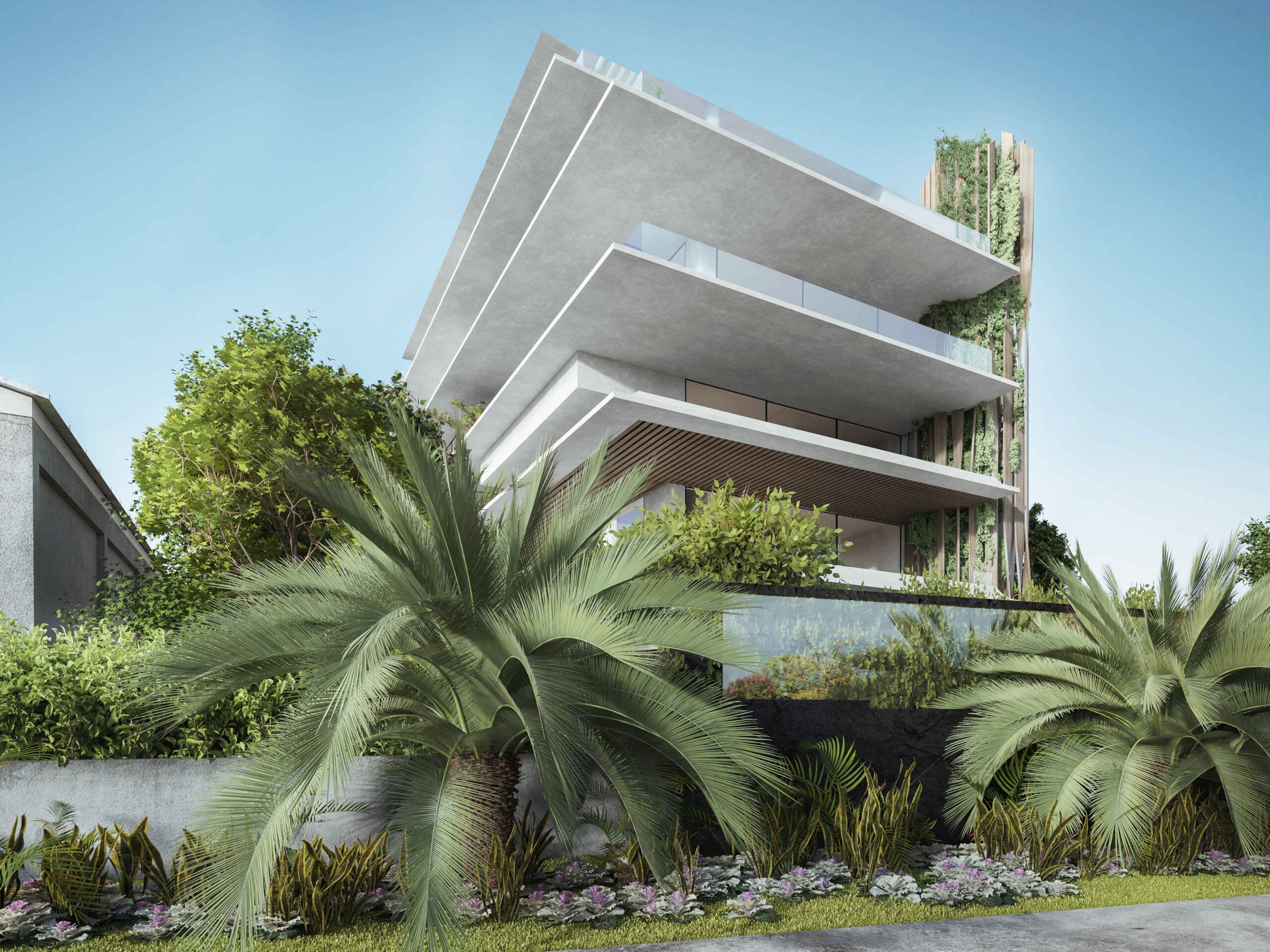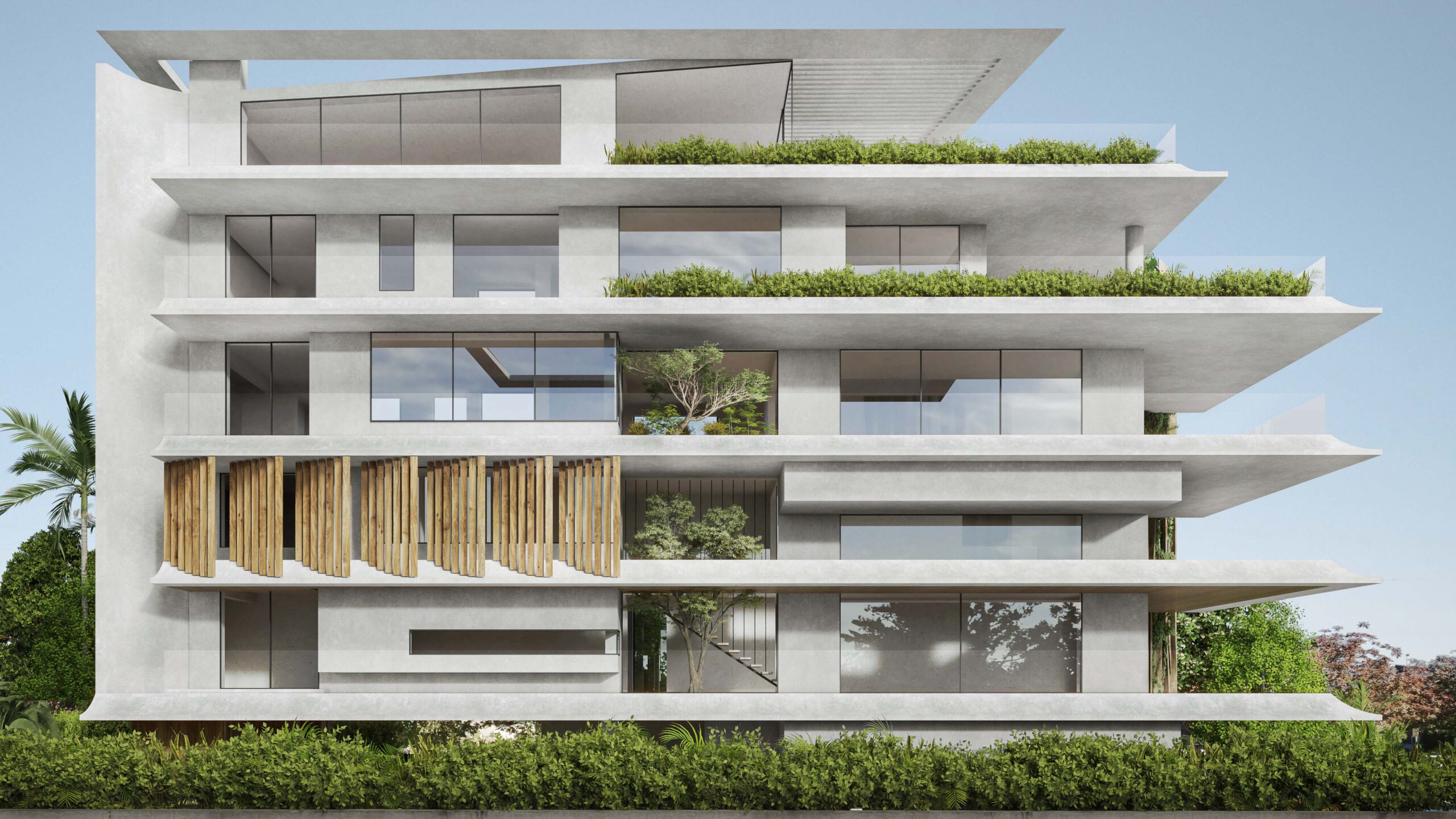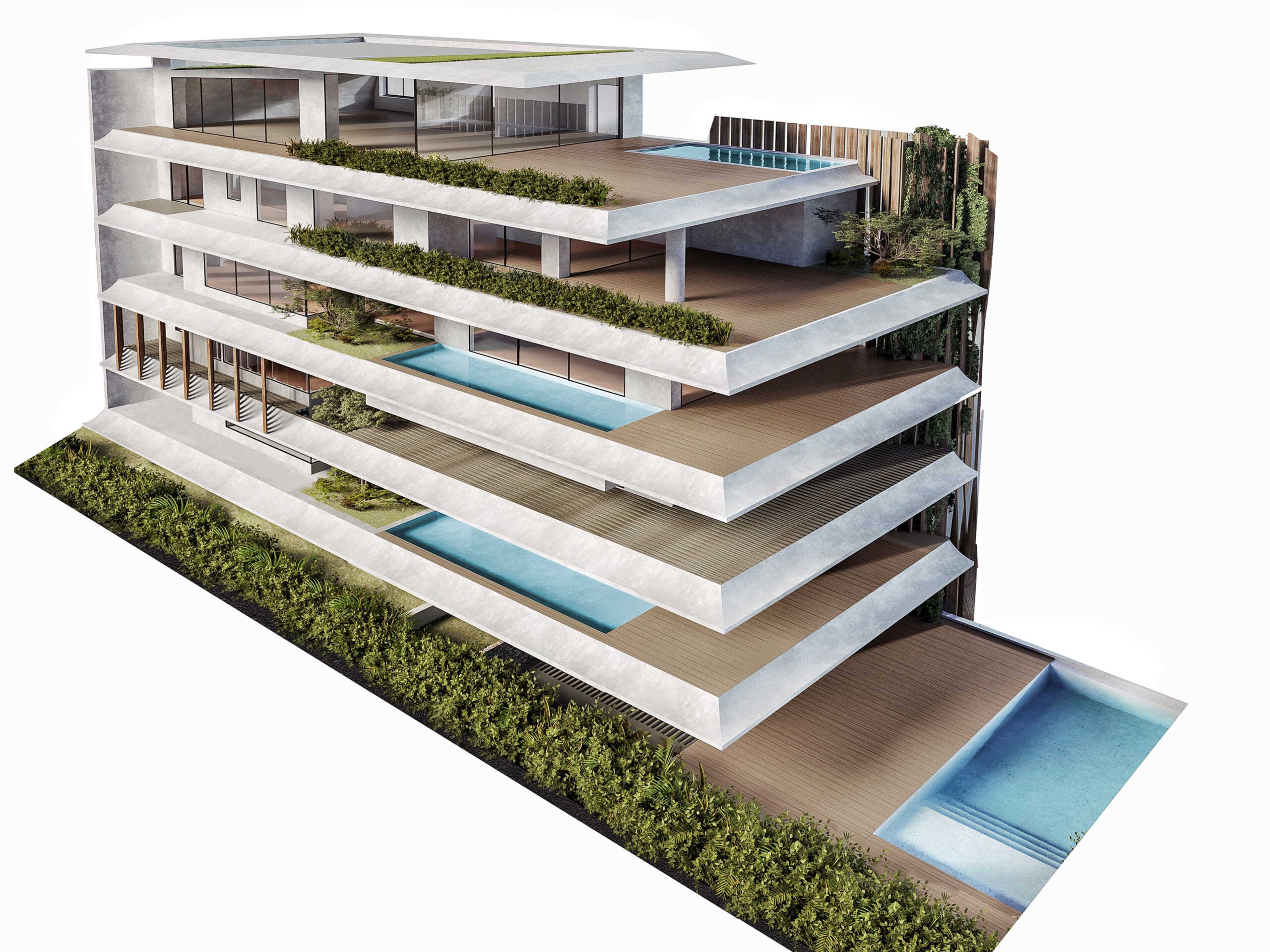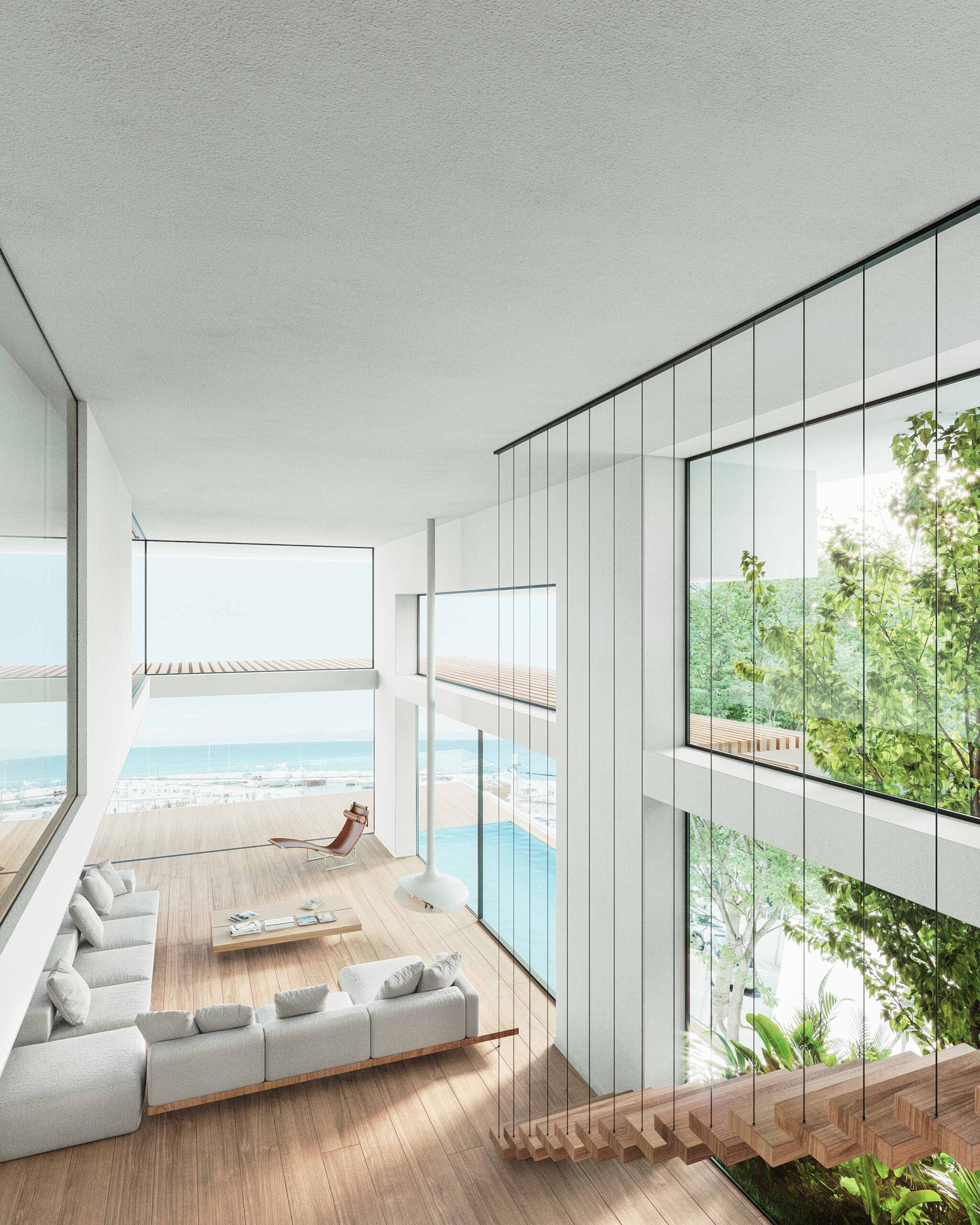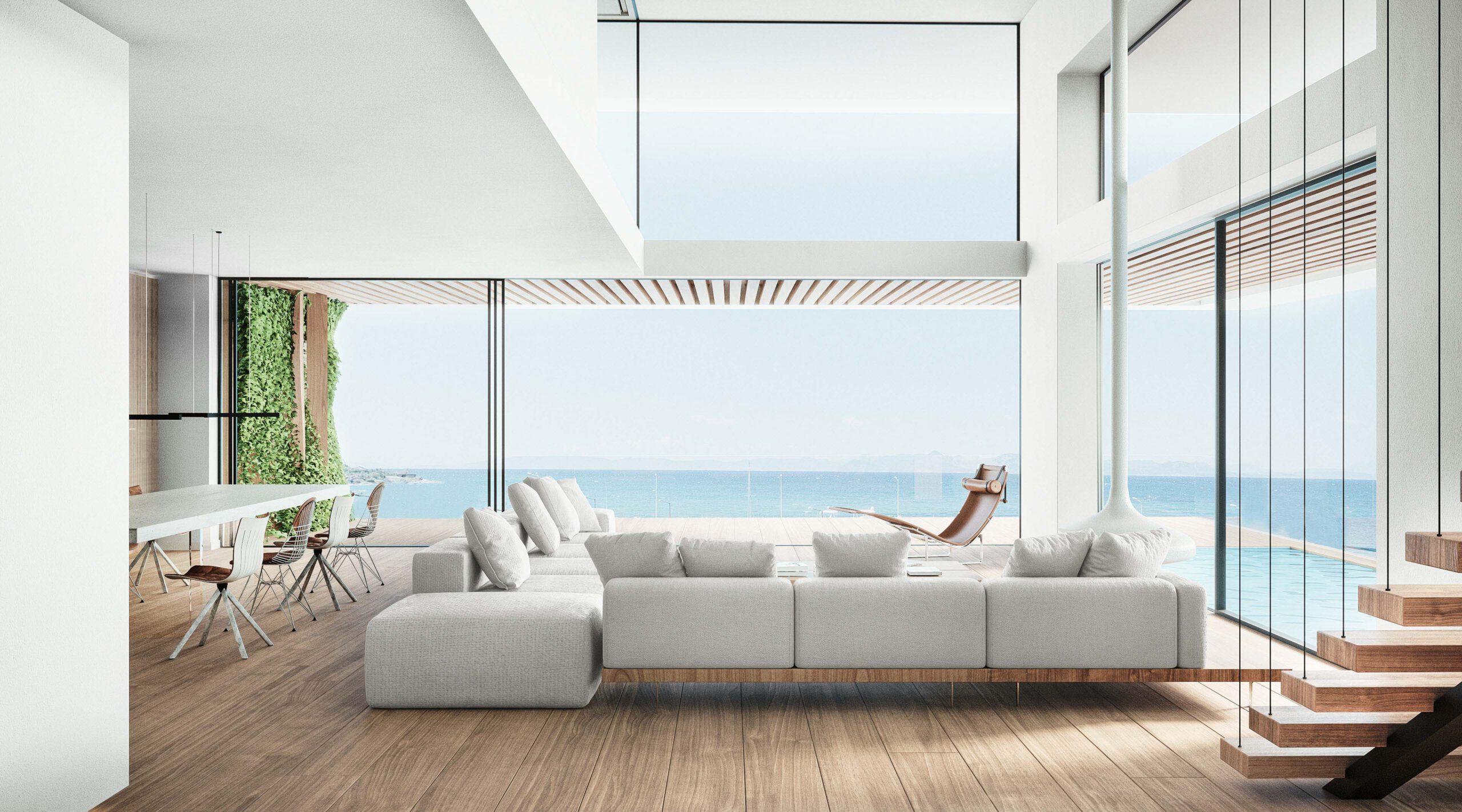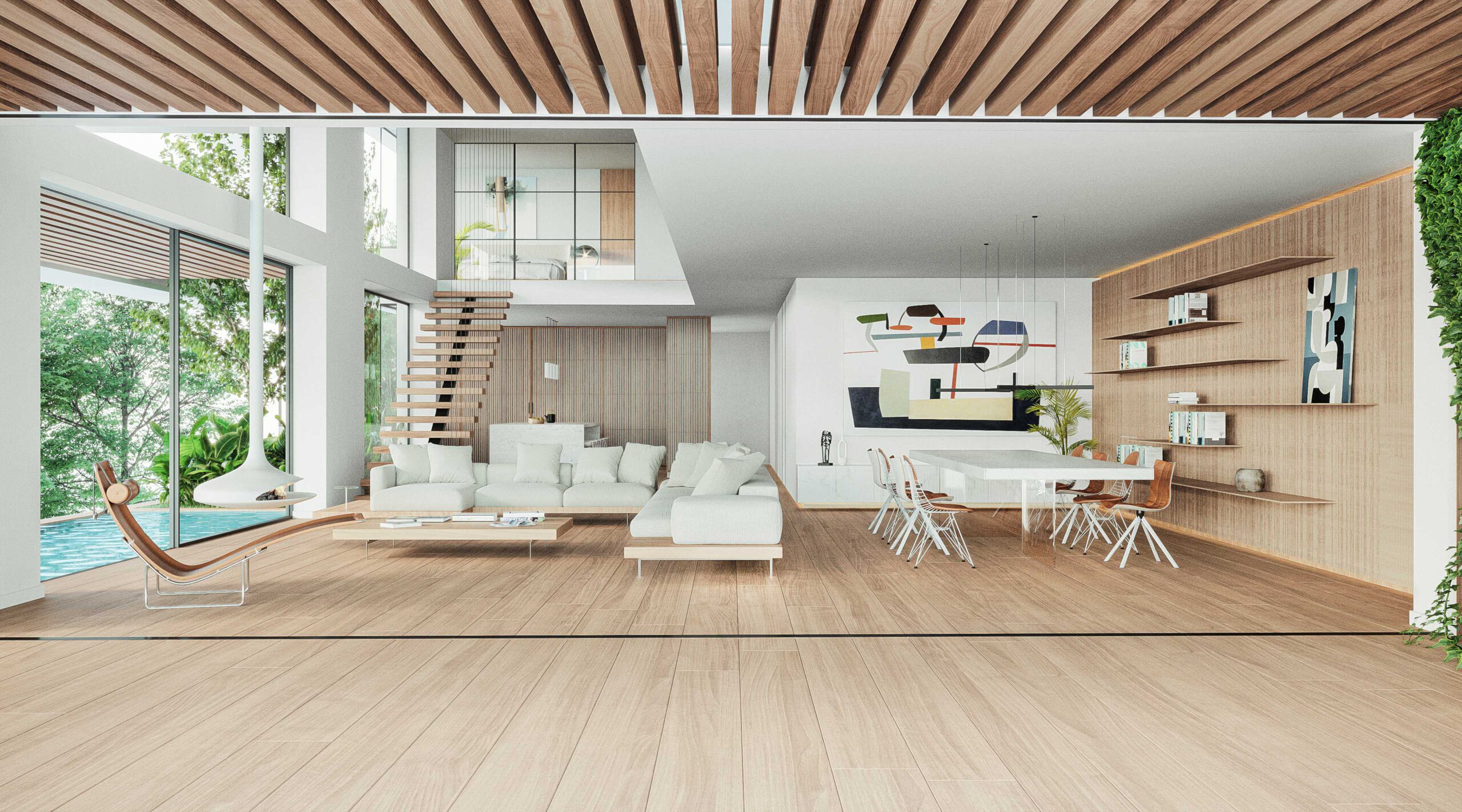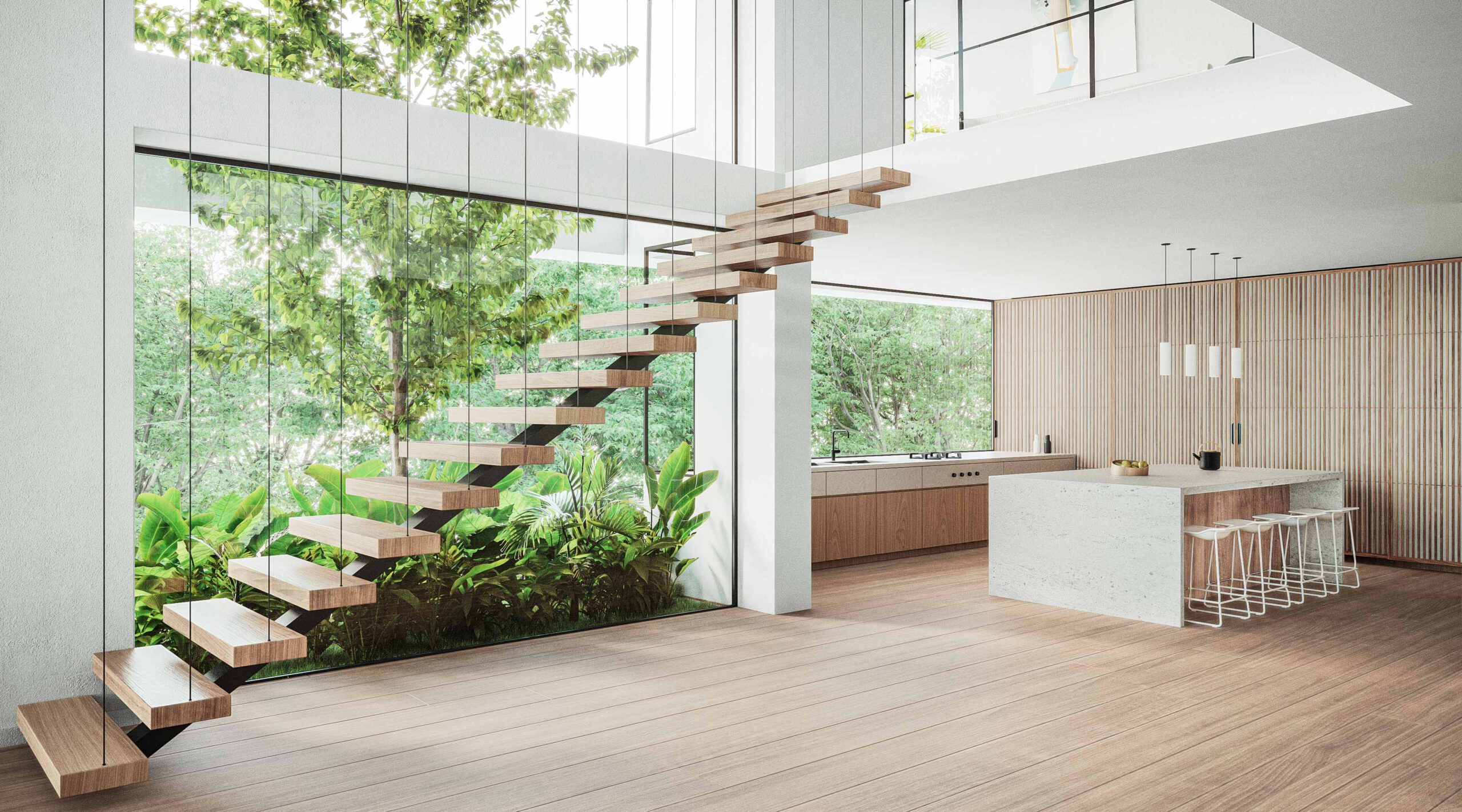Information
- October 31, 2024
Lorem Ipsum is simply dummy
text of the printing
and typesetting industry.
Lorem Ipsum is simply dummy text of the printing and typesetting industry. Lorem Ipsum has been the industry’s standard dummy text ever since the 1500s, when an unknown printer took a galley of type and scrambled it to make a type specimen book.
It has survived not only five centuries, but also the leap into electronic typesetting, remaining essentially unchanged. It was popularised in the 1960s with the release of Letraset sheets containing Lorem Ipsum passages, and more recently with desktop publishing software like Aldus PageMaker including versions of Lorem Ipsum.
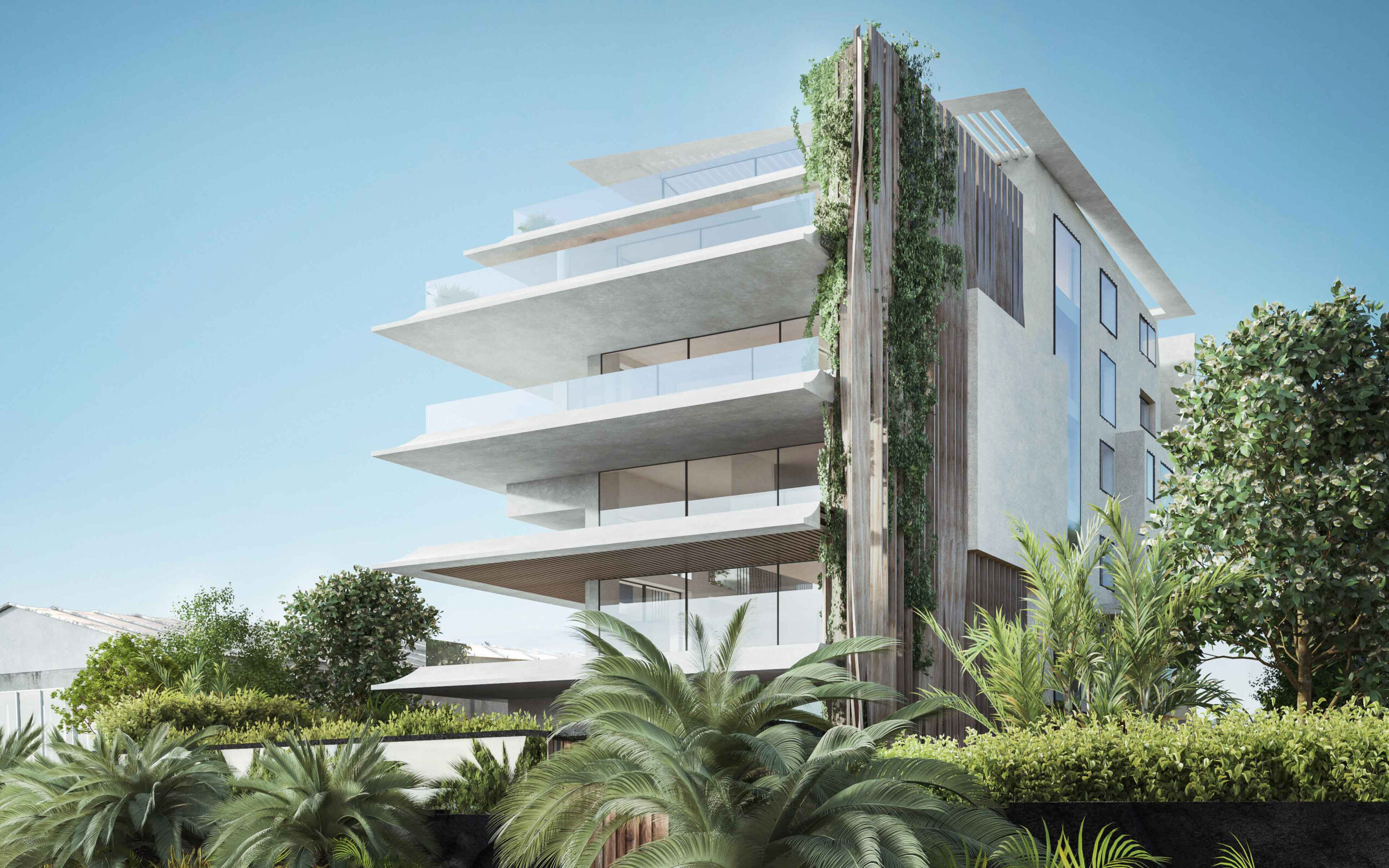

Info:
Project Location: Glyfada | Athens, Greece
Design Team: Marialena Tsolka, Dimitris Iosifidis, Stelios Kadoglou, Yvette Wolbers
Awards: Silver Metal Residential Interior, April 2021
The Project
The DPV Building is a dynamic six-storey complex located in one of the most sought-after areas of the Athens coastline. The architecture showcases a harmonious balance of form and function, with an emphasis on artistic sensibility and innovation. Its design unfolds in two distinct yet complementary elements: a minimalist solid façade enhanced by dynamic linear surfaces and a sustainable approach that incorporates nature within the built environment.
The building’s sharp design approach is evident throughout its massing, with elegant geometries carefully integrated into the structure. Aluminium wooden feel louvered screens soften the western façade, enhancing the exterior while ensuring a smooth flow between the interior and the environment. These screens also provide shading, reducing solar heat gain and improving the building’s energy efficiency.
The DPV Building is strategically oriented to face the sea, making the most of its expansive coastal views. The expansive glass façade, which dominates the building’s southern elevation, not only frames the panoramic vistas of the Aegean but also responds dynamically to the ever-changing weather conditions. As the light shifts throughout the day, the glass reflects the sky’s hues and the movement of the sea, creating a captivating interplay between the interior and the surrounding environment. During storms or high winds, the building’s reflective surface transforms, amplifying the dramatic effect of the weather, while on calm days, the glass creates a serene connection with the horizon. This interaction with the elements emphasizes the building’s fluid relationship with nature, turning the façade into a living, evolving feature of the architecture.
The duplex units on the lower floors offer double-height living spaces, with floor-to-ceiling windows that open onto large terraces and private swimming pools. The careful arrangement of these spaces maximizes views of the coastline and horizon, bringing the natural beauty of the surroundings into the home. Inside, the design is characterized by bespoke elements, such as a hanging fireplace, elegant wooden panels that echo the building’s exterior ribbons, and moveable aluminum plates in the kitchen that resemble boat sails. The minimalist interior design is complemented by carefully considered lighting, which enhances the landscape and preserves the open flow of the space.
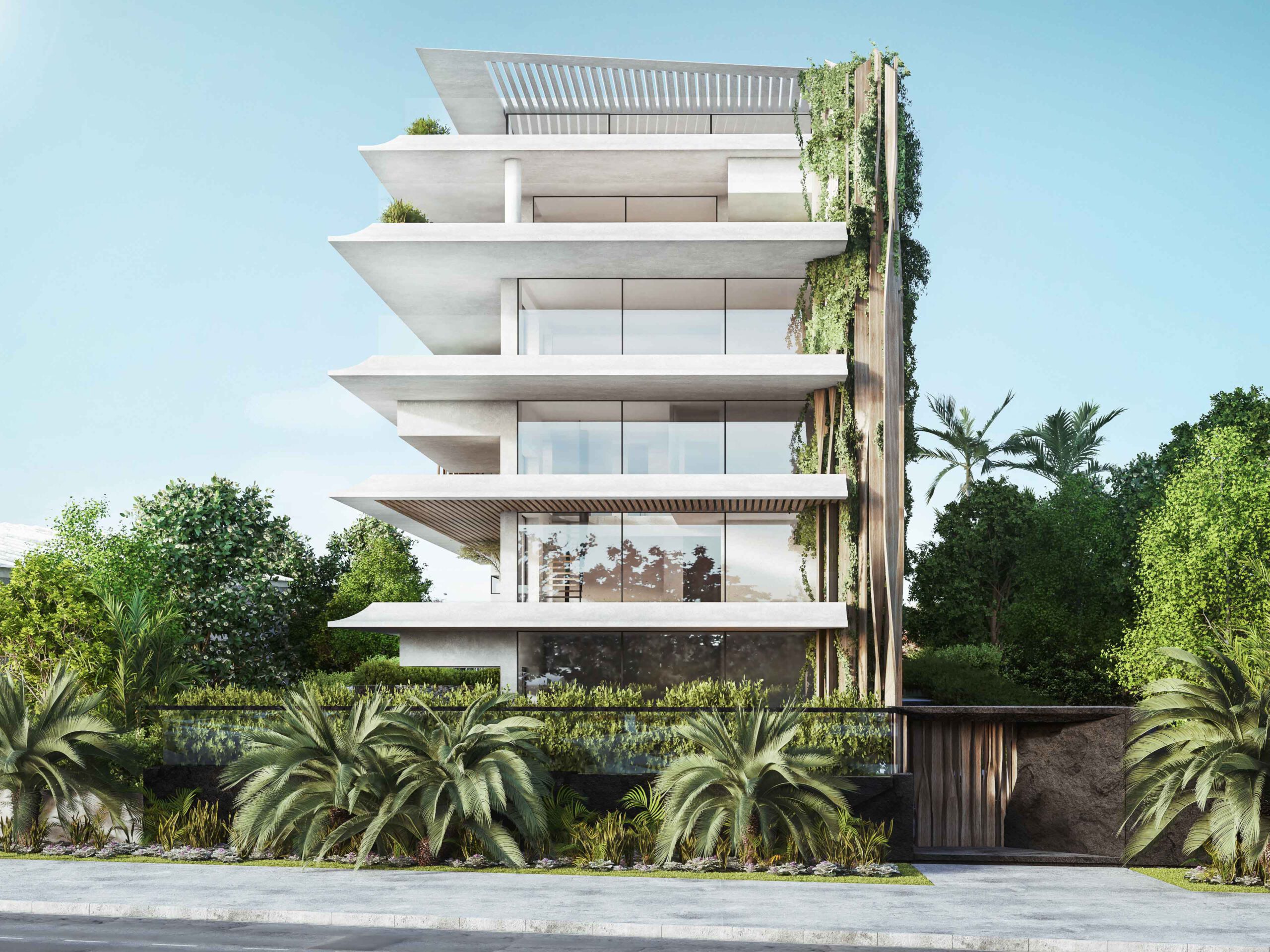
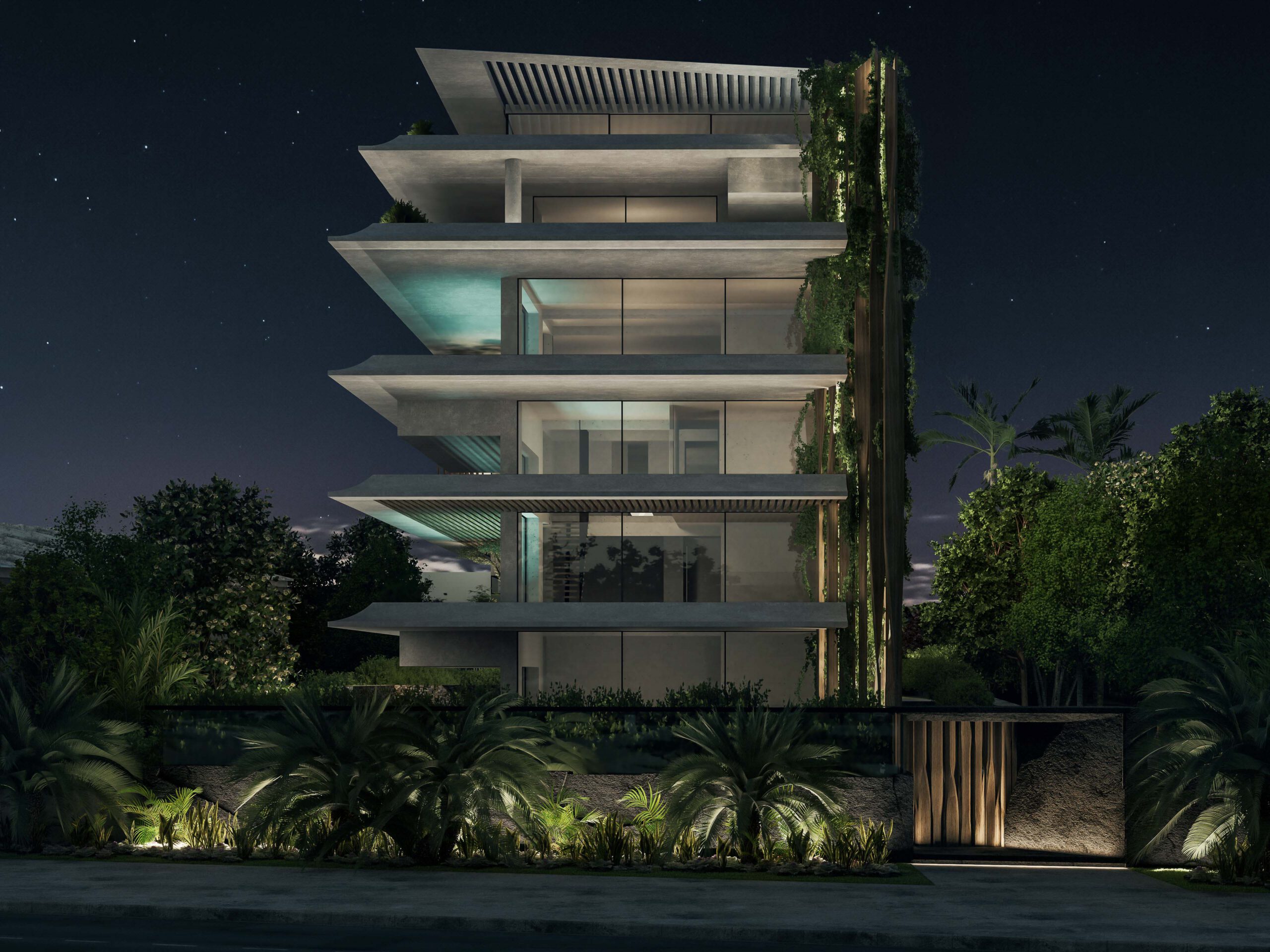
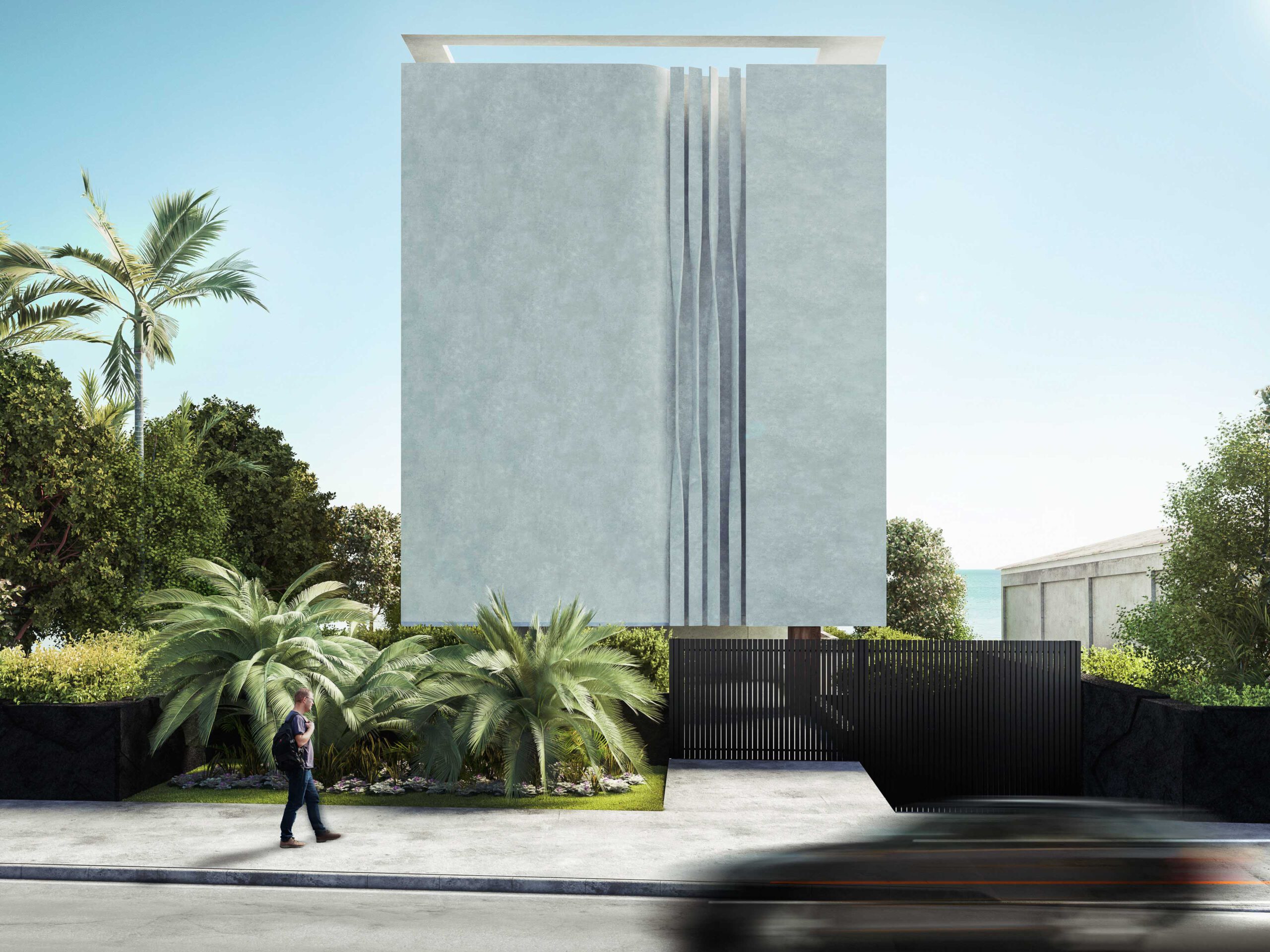

In response to the coastal climate, the DPV Building uses steel frame construction, a departure from traditional concrete methods. This innovative approach required a reassessment of design processes, particularly in integrating surfaces, insulation, and the suspended swimming pool. Research into durable materials has resulted in the application of protective coatings throughout the building, ensuring longevity with minimal maintenance. This commitment to durability extends to the use of sustainable materials and construction methods, such as triple-glazed windows, underfloor heating, and heat pumps, all contributing to the building’s energy efficiency and environmental performance.
The building is designed with a commitment to sustainability, featuring environmentally conscious materials and systems that minimize its carbon footprint. The use of green roofs, mature trees, and a vertical garden on the northern façade enhance air quality, reduce the urban heat island effect, and support biodiversity. Solar panels and efficient thermal systems further contribute to its energy self-sufficiency, moving the building toward a zero-carbon model.
The DPV Building is a notable instance of contemporary architecture, blending with its seaside environment while adhering to the highest sustainability standards. Its innovative design, sustainable technologies, and attention to environmental integration offer value insights for future developments along the coastline.

